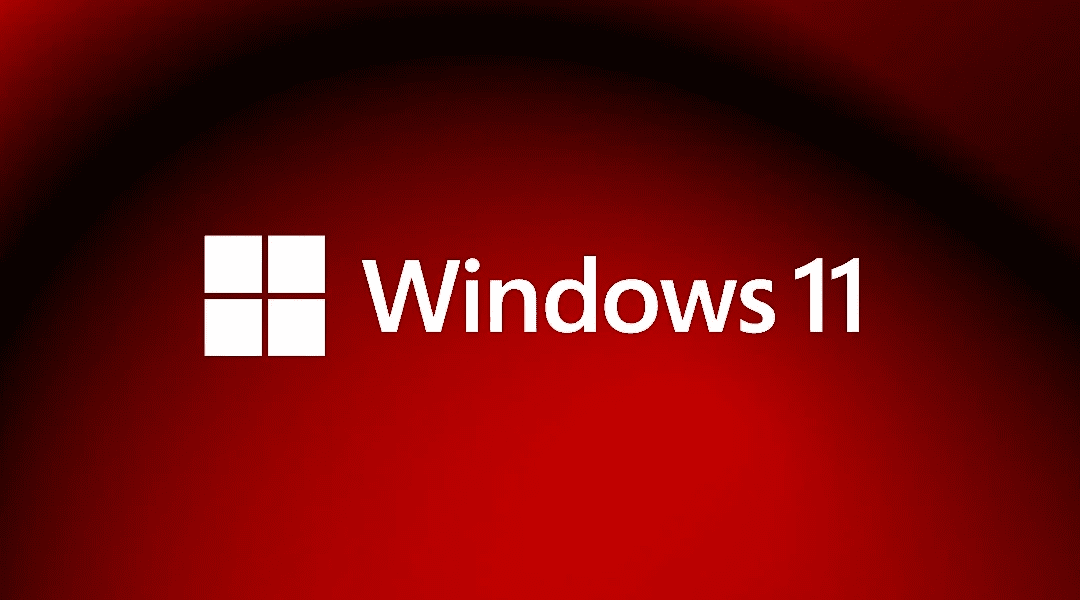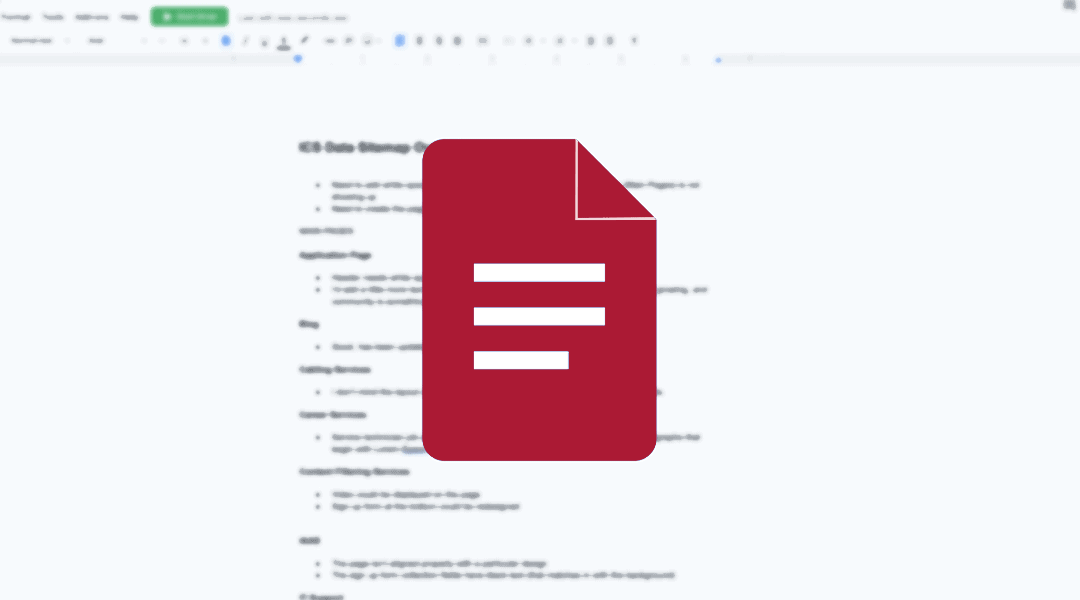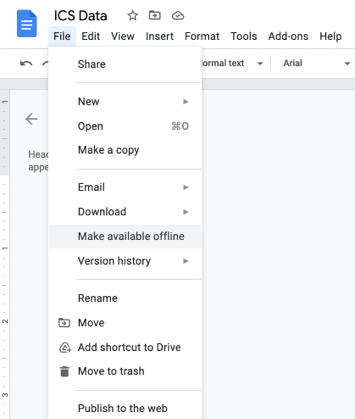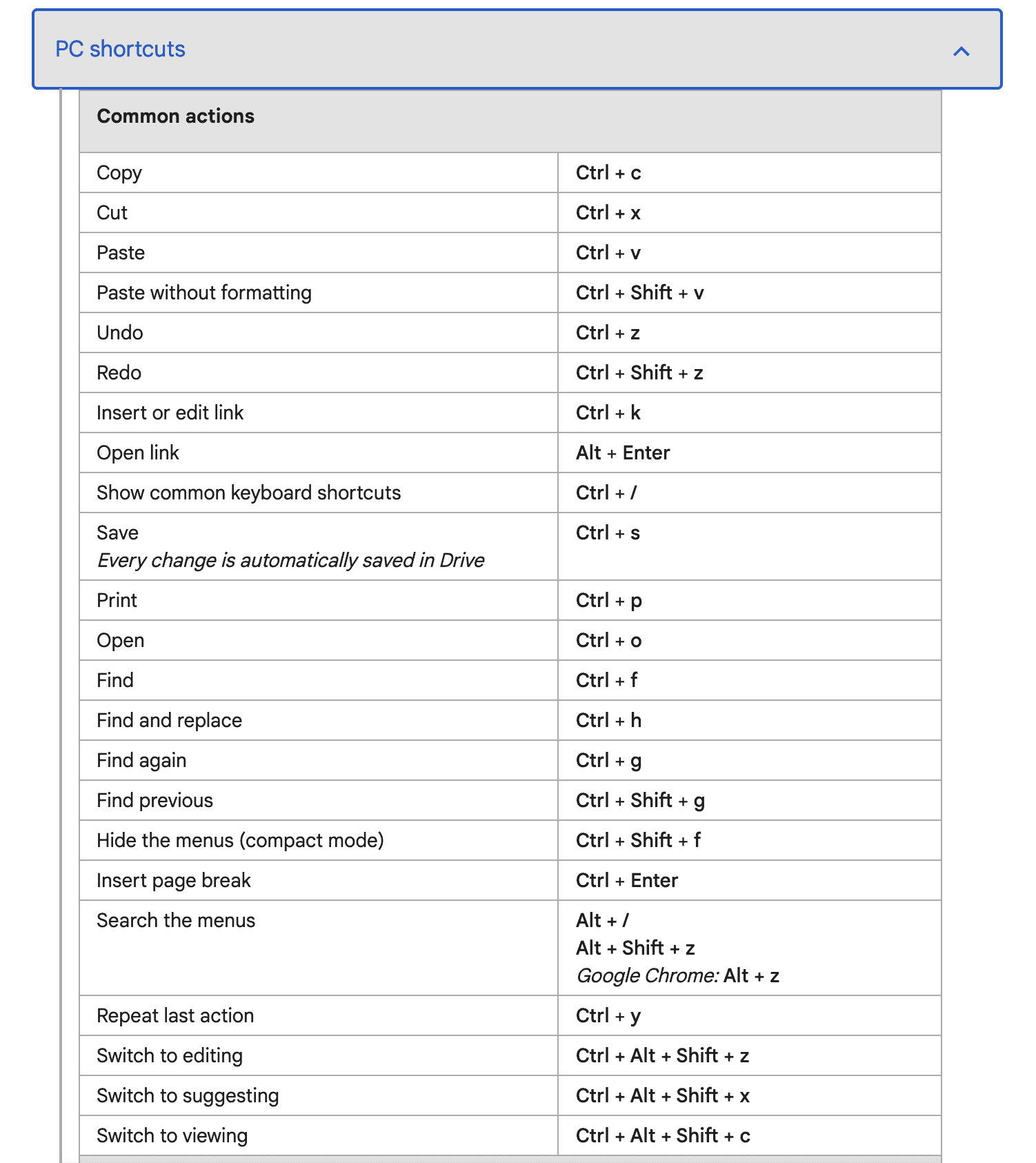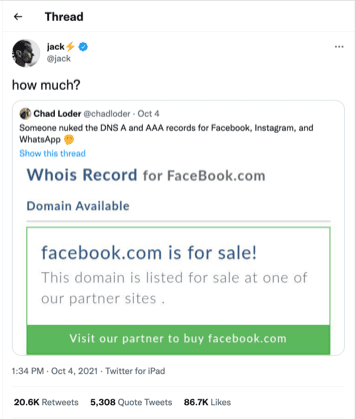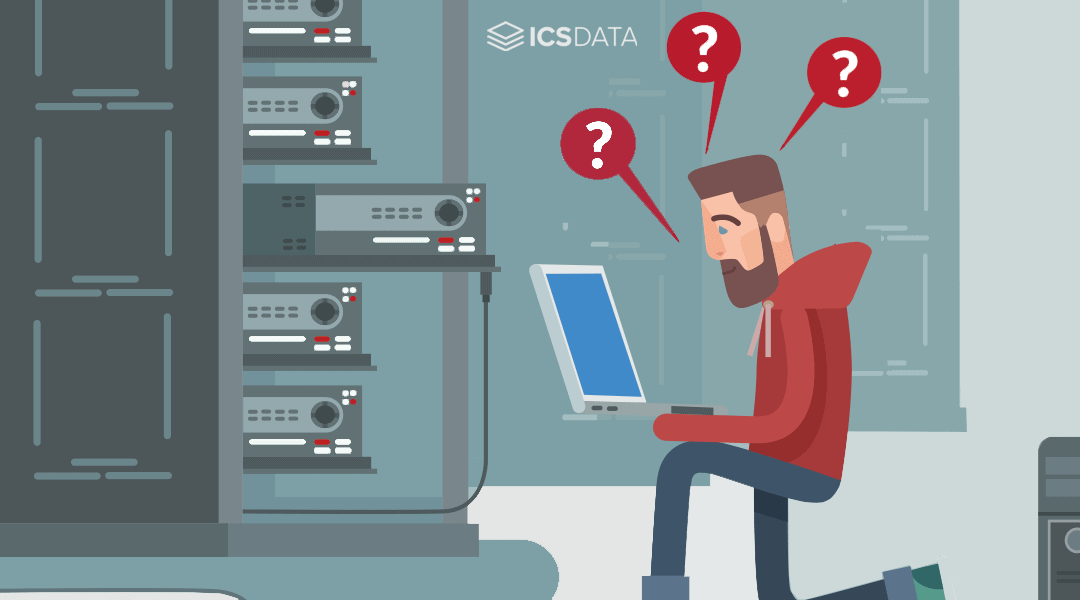
Stay Clear of Hackers This Thanksgiving Weekend
According to pcmag.com, “U.S. Warns Hackers Will Try to Strike During Thanksgiving Weekend“. Moreover, US cyber authorities are urging companies, especially operators of critical infrastructure, to shore up their defenses during the coming holidays.
IT’S ALL ABOUT TIMING…
The root cause of the prediction is entirely based on employees being out for a given period of time, leaving technical infrastructure alone. They also state, “Recent history tells us that this could be a time when these persistent cyber actors halfway across the world are looking for ways—big and small—to disrupt the critical networks and systems belonging to organizations, businesses, and critical infrastructure,” the agencies said.
Ultimately, the authorities are nervous about hackers spreading ransomware to a victim’s network. As you may know, the idea behind ransomware is to cripple your files so that you have little to no access – to which hackers request a “ransom” (money) to open your network back up to you. And of course, there’s always the sweat about having your employees personal data, files, and the businesses most confidential information stolen.
“There haven’t been any specific events made by hackers thus far, but authorities also have noticed these attacks coming during holidays or weekends”, the agencies said.
As a result, the ongoing issue has prompted the Biden administration to make fighting ransomware a national security priority.
With that being said, we recommend your company take action to protect yourself against smaller, minor acts of ransomware and attacks from hackers. It’s only becoming more popular, and the time to protect your company’s assets is now. Get ahold of us today to see how we can help.

